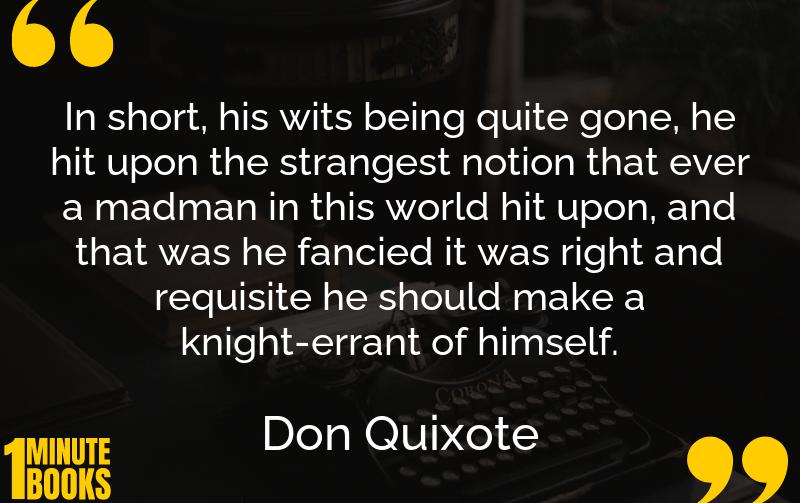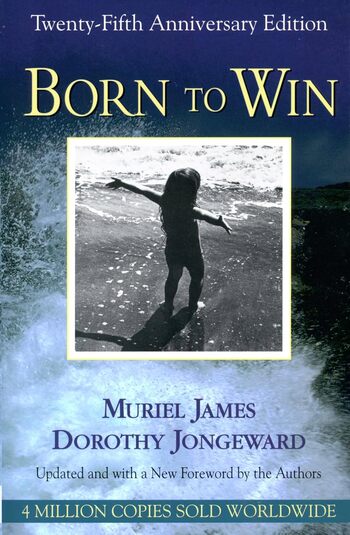
Don Quixote, an aging nobleman entranced by tales of chivalry, sets out to revive knight-errantry. Accompanied by his squire, Sancho Panza, they embark on absurd adventures, blending reality and imagination.
Main Lessons
- The tension between reality and illusion is a central theme, showcasing how personal beliefs shape one’s perception of the world.
- The novel explores the idea of idealism versus realism, questioning the value of dreams in a pragmatic world.
- Madness vs. sanity is a recurrent theme, highlighting how passion can border on insanity.
- Don Quixote emphasizes heroism, albeit misguided, challenging the definition of a true hero.
- The book satirizes society’s obsession with artificial constructs, like chivalric romances.
- Friendship and loyalty between Don Quixote and Sancho Panza underscore the human need for companionship.
- The novel is a critique of social norms and the ridicules of blindly adhering to outdated ideals.
- Cervantes portrays love as a complex, often one-sided perception that can drive irrational actions.
- The story reflects on class and status, as Don Quixote’s delusions elevate him to nobility.
- The destruction of Don Quixote’s library symbolizes suppression of ideas and the fear of imagination.
- The novel’s humor and tragedy highlight the frailty and resilience of human spirit.
- The book encourages questioning conventional wisdom and values, pushing readers to reflect on their own beliefs.
- Cervantes’s work blurs the line between author and character, inviting readers to explore metafictional themes.








